Fun Phonics Games to Help your Child Learn to Read
Introduction
Busy Things hosts over 900 award-winning educational games and activities for children between the ages of 3 and 11. A wide range of subjects are covered including maths, literacy, science, coding and phonics. The phonics area is designed to help parents teach their children to read. Our fabulous collection of over 60 phonics games are all designed around the government-endorsed Letters and Sounds programme. If you play our phonics games at home you will be supporting your child’s reading and spelling at school!
Phonics speak
To get the most out of our games you are going to need to understand some the basic phonics terminology. These are terms used by teachers and children alike, so don’t be scared to use them with your child.
Phonemes – the separate sounds that make up words.
A phoneme can be made up of one letter – ‘s’ or ‘p’ , two letters – ‘sh’ or ‘ph’ or even three or more letters – ‘igh’ or ‘our’.
Graphemes – the written letters that represent a phoneme.
Grapheme Phoneme Correspondence – this basically describes a phoneme and it’s matching grapheme together, and is usually abbreviated by teachers to ‘GPC’.
If you would like to become a Phonics geek you can read more about the technical side of phonics and its teaching in our blog How Playing Phonics Games can Improve your Child’s Reading.
Phonics games hosted by Dog and Cat
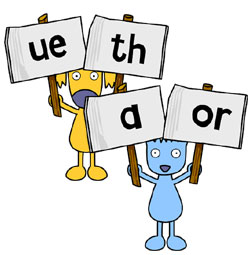
Starting with ‘s’, Dog and Cat lead you through the full set of letters and sounds that are in the English language, all the while enabling children to read and spell whole words with the letters and sounds they are learning.
Developing listening skills
To begin, our games get children interested in listening for differences in sounds – and for discriminating between the sounds within individual words.
Our early games invite children to listen carefully to animal sounds, instrumental sounds and even sounds such as stamping and clapping.
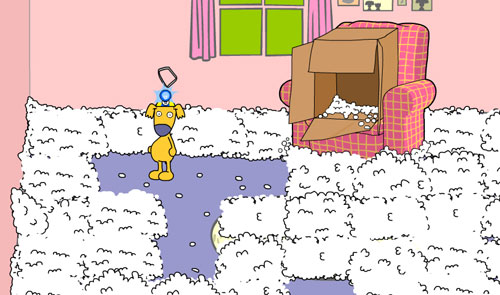
Introducing letters and their sounds
Children progress from listening carefully to every day sounds to listening to letter sounds.
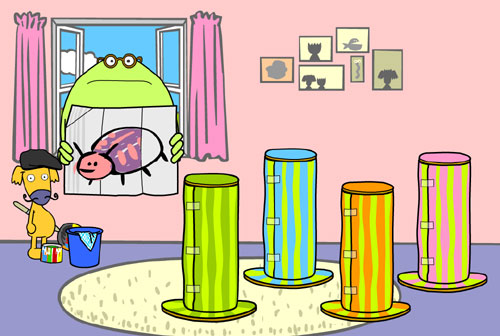
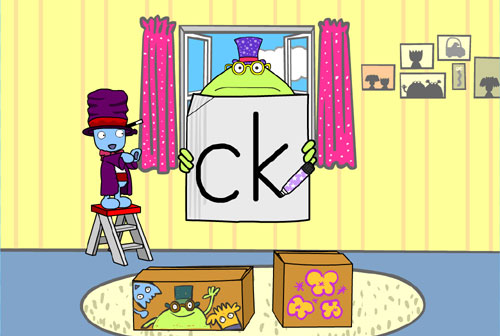
In Sound Seek, Cat magically introduces and demonstrates the writing of new letters (graphemes). The matching sound (phoneme) is contained in one of the boxes. The child must find the sound that matches the letter or letters.
Building simple words
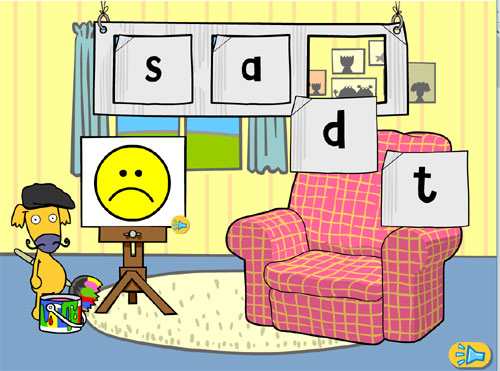
Uh-oh! There’s more than one way to spell the same sound!
Once the full range of letters and sounds are in the bag – and only then – Dog and Cat, hold your hand as they introduce the ground-breaking idea that is accepted by us fluent English speakers, that there is more than one way to spell the same sound, and that some sounds can be pronounced in more than one way! New spellings of sounds already learnt are slowly introduced until your child is equipped to deal with new words with confidence.
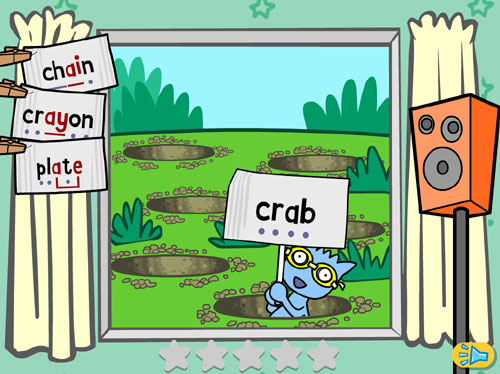
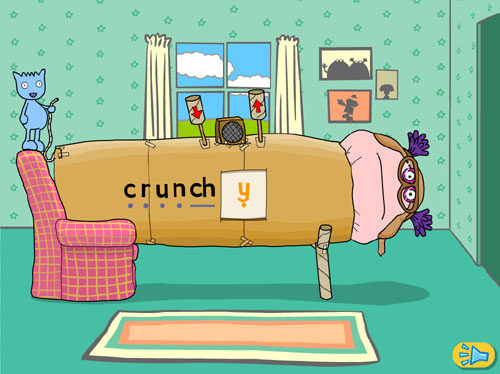
Some words are just plain tricky!
All the way through, children are introduced to a few common words that are do not use the letters and sounds they have learnt so far. This means they can begin making captions and sentences. These common words are dubbed ‘tricky’ words by teachers because they are hard to ‘decode’ into the sounds learn’t so far. Dog and Cat have a number of games that focus of practising these tricky words and composing and reading whole sentences.
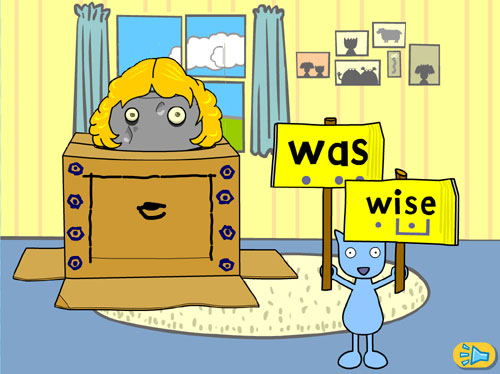
Building simple sentences
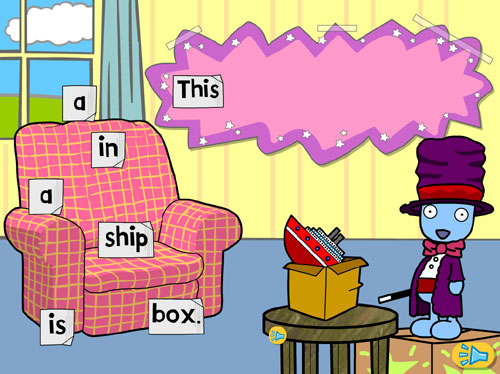
Fun with words – homophones and compound words

Try Busy Things phonics games for free
Busy Things hosts over 60 award-winning phonics activities to help you teach your child to read. In addition to phonics, we have a huge selection of activities and games exploring other subjects, including English, Maths, Science, Geography, History, Coding and Art. You can start supporting your child’s learning today, by trying Busy Things for free!
Learn more about phonics teaching methods in our blog How Playing Phonics Games can Improve your Child’s Reading.
For top tips to help your child enjoy reading head to our blog: How to enjoy reading: 10 ways to encourage children to love reading.
One Reply to “Fun Phonics Games to Help your Child Learn to Read”
Thanks busy things